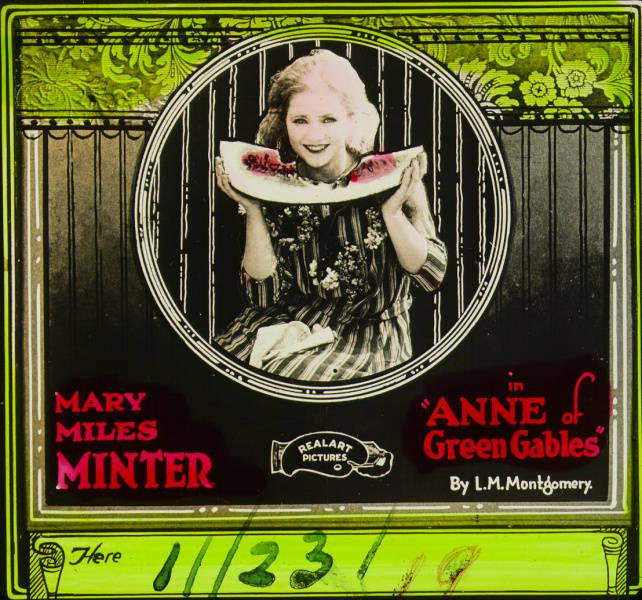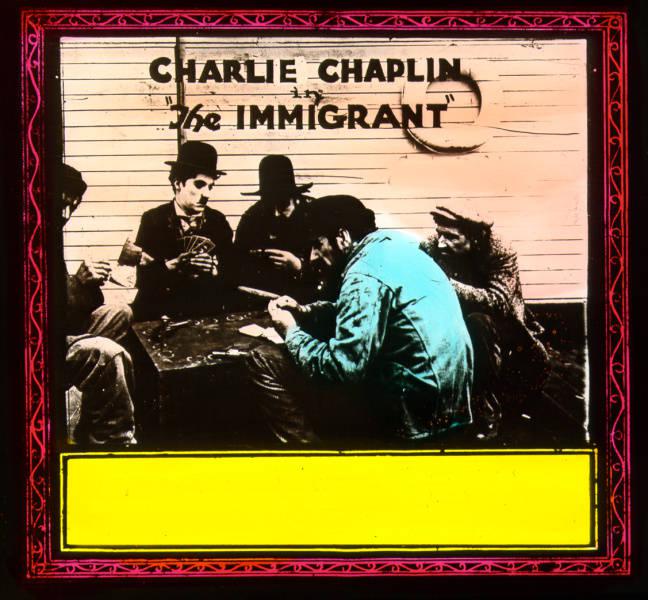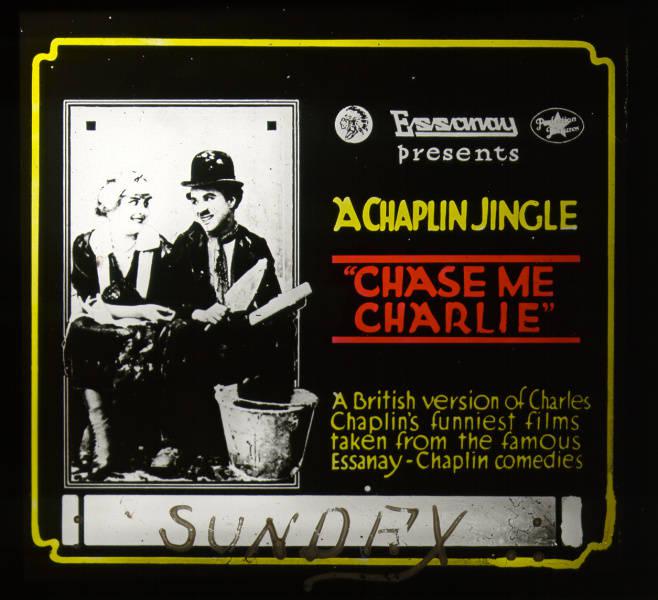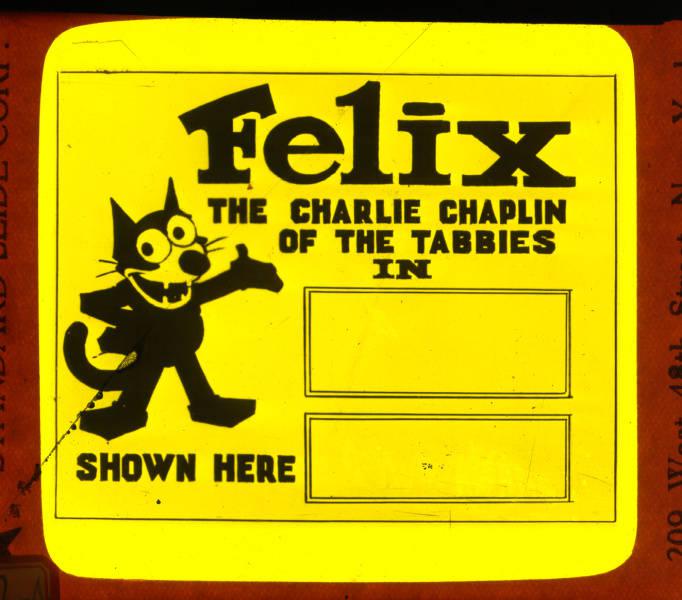The Vault is Slate’s history blog. Like us on Facebook, follow us on Twitter @slatevault, and find us on Tumblr. Find out more about what this space is all about here.
In the silent film era, these colorized lantern slides were the equivalent of previews or trailers, alerting the audience to the theater’s upcoming schedule. Blank spaces in the slide’s design allowed for a small degree of customization by hand.
Films tended to be short by modern standards, so audiences would watch them in batches, rather than seeing one at a time as we do today. Film scholar Lisa Kernan writes that these magic lantern slides were “projected between features, much like today’s slides of local restaurant advertising and movie trivia quizzes.”
Even at the time the slides were in common use, Kernan writes, some theaters experimented with showing short bits of film to advertise coming attractions. By the 1920s, a company called National Screen Service was making trailers for major studio films using moving footage; by the 1930s, studios began to make their own, much more sophisticated preview trailers.
These lantern images were collected by W. Ward Marsh, a movie critic for the Cleveland Plain Dealer from 1919 until his death in 1971. The Cleveland Public Library holds Marsh’s movie memorabilia and has digitized almost 700 examples of these slides.

Cleveland Public Library Digital Gallery.
A 1919 version of the L.M. Montgomery novel, starring prolific child actress Mary Miles Minter, was the first of many such adaptations for the big and small screens.

Cleveland Public Library Digital Gallery.
Charlie Chaplin’s 1917 short, advertised using only the star’s name and a single scene from the film’s story.

Cleveland Public Library Digital Gallery.
The tag line explains the concept of this 1918 movie, which was an anthology of clips from the films Chaplin made for the Essanay Film Manufacturing Company.

Cleveland Public Library Digital Gallery.
The famous feline, who starred in multiple short cartoons between 1919 and the early 1930s, had a reusable slide that could be repurposed when new installments came out.

Cleveland Public Library Digital Gallery.
A 1928 D.W. Griffith silent film used the director’s face to advertise the title, showing how his name registered with a public that had been watching Griffith films for years, and had particularly loved 1915’s Ku Klux Klan–themed The Birth of a Nation.

Cleveland Public Library Digital Gallery.
A dramatic card for a 1919 film produced by a name that has not worn so well, actor and producer Erich von Stroheim.